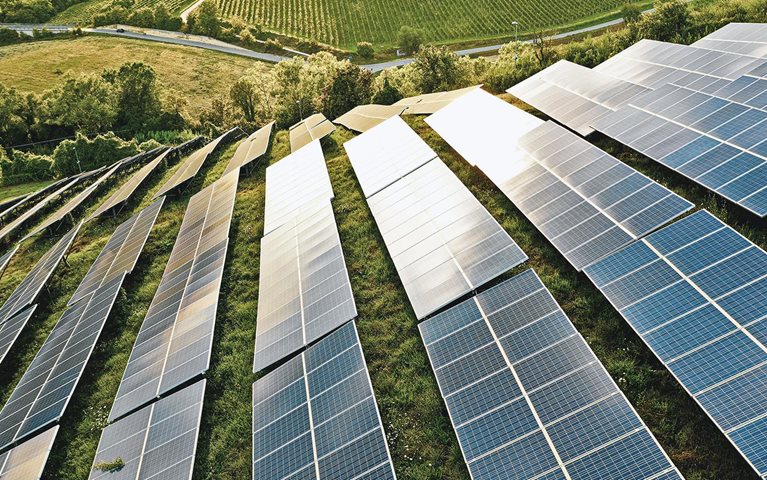Today, the Science Based Targets initiative and the Business Ambition for 1.5°C campaign are leading the inaugural #ClimateActionDay, which gives organizations across the globe a chance to raise awareness for the collective action we all must take to limit warming in line with a 1.5°C pathway.
In the short video below, Jop Weterings, our director of environmental sustainability, shares his reflections on the day and his perspective on the critical role collaboration will play in achieving meaningful climate action. For highlights from Jop’s interview, read on.
On the potential to limit global warming
I believe the world has most of the solutions required to limit warming to 1.5°C, but we need to scale them, and we need to make them more economical. The private sector will need to play a big role working together with the public sector.
On McKinsey’s carbon footprint
At McKinsey, we’ve committed to reaching net-zero climate impact by 2030. To get there, we have validated science-based targets to reduce our greenhouse gas emissions in line with a 1.5-degree pathway, the most ambitious goal of the 2015 Paris Agreement. And for our remaining footprint, we will remove carbon from the atmosphere, for example through reforestation projects.
On reducing emissions from our own operations
One way we are reducing emissions is by transitioning each of our offices to 100 percent renewable electricity. We’re 95 percent of the way there, and we will reach 100 percent by 2025. We're also working to make our office space more sustainable and target the highest green-building certification standards, such as LEED Gold or Platinum. We're proud that 46 percent of our global office space already meets this standard, up from one-third two years ago.
Our office locations with company cars are finalizing plans to decarbonize their fleets – for example, by making electric vehicles the new default for lease renewals while also introducing alternative, flexible mobility options. One office that has already made a lot of progress is our Amsterdam Office, where today, battery electric vehicles make up roughly 60 percent of our fleet and another 15 percent is hybrid.
On greening our business travel
While we are all keen to see each other and our clients again, we are now working towards more of a hybrid way of working – and many of our clients are doing the same.
Across the globe, teams are piloting alternative working models that are not only more environmentally sustainable, but also more inclusive, productive, and result in a better experience – both for our clients and our colleagues. This could, for, example mean that we spend fewer nights away from home, lose less time while in transit, and are able to bring our best experts to more clients.
On accelerating action through partnerships
We’re working together with our clients and others on scaling the solutions we need to limit warming to 1.5°C, because no single organization can achieve this on their own. One example of a partnership I’m very excited about is in the area of nature conservation.
Our research shows that achieving a 1.5-degree pathway would require nearly halting deforestation by the end of this decade. In fact, while forests have tremendous potential to sequester carbon, deforestation is currently among the largest drivers of greenhouse gas emissions.
That’s why earlier this year we became an initial participant in the LEAF Coalition, which aims to become one of the largest ever public-private efforts to protect tropical forests.

